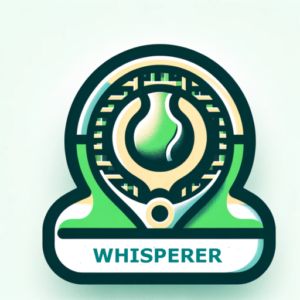Exploiting a Key Weakness: How Osaka Beat Gauff
Exploiting a Key Weakness: How Osaka Beat Gauff
Targeting weaknesses isn’t just good tactics — it’s a winning strategy. Naomi Osaka reminded us of that in her commanding 6-3, 6-2 win over Coco Gauff at the 2025 U.S. Open.
Relative Strengths
Naomi Osaka’s game is built on first-strike power — heavy serves, aggressive returns, and the ability to dictate rallies with controlled aggression.
Coco Gauff, by contrast, thrives on athleticism — her speed, anticipation, and stamina allow her to retrieve, counterpunch, and wear opponents down over long exchanges.
In this clash, Osaka’s clarity and firepower prevented Gauff from using her legs and lungs to turn the match into a running battle.
Osaka’s Ruthless Game Plan
- Attack the forehand relentlessly. Gauff’s serve has been the big story, but it was her forehand that cracked under pressure, producing 20 unforced errors.
- Jam the body on serve. Even with only 39% first-serve accuracy, Osaka neutralized Gauff by hitting her second serves into the body, preventing clean swings.
- Stay consistent with pace. Instead of painting lines, Osaka struck with heavy, steady depth. The sustained pressure forced errors without needing to overhit.
As the Singles Strategies playbook teaches: exploiting an obvious weakness is one of the highest-percentage paths to a win.
Lessons for Competitive Players
- Pick your target and don’t deviate. Too many players test a weakness but abandon it too soon. Osaka showed the value of tactical stubbornness.
- Exploit with purpose, not passivity. Where others tried attrition, Osaka used power to finish points faster.
- Psychology matters. Once Gauff’s forehand faltered, the pressure snowballed. A technical weakness became a mental one.
How to Train for This
- Drill directional consistency. Train to hit 20+ balls crosscourt into the same zone without breaking rhythm. Build the discipline to “stay on script.”
- Simulate pressure reps. Use practice under pressure routines, where every miss carries a consequence, to hardwire execution when nerves rise.
- Sharpen footwork. Rely on small, rapid crossover and prep steps to stay balanced and attack the same wing repeatedly without breaking down yourself.
Whisperer Wrap
Osaka didn’t just beat Gauff with power — she beat her with a sound strategy.
Find the crack in your opponent’s game, stay relentless, and let the pressure do the rest.


